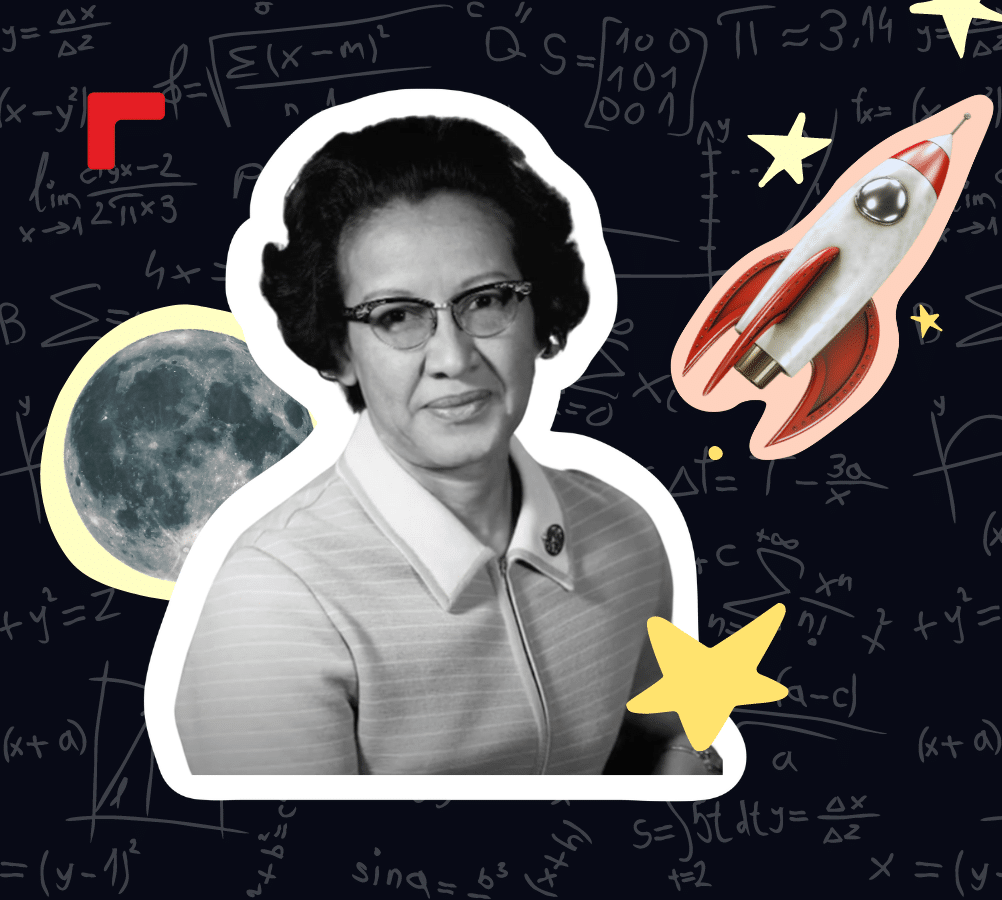This month, the UN marked its International Day of Women and Girls in Science, noting: “Although Science, Technology, Engineering and Mathematics (STEM) fields are widely regarded as critical to national economies, so far most countries, no matter their level of development, have not achieved gender equality in STEM.”
Just look at Silicon Valley where, in 2020, it was reported that only 12% of engineers in its startups are women. Sexism in the industry has been well-documented. But while many companies are trying to change course and show they are working hard to support women in tech, a female engineer at one Silicon Valley company told me it wasn’t just an issue of companies changing their ways, in many cases there still aren’t enough women who have pursued STEM in their education.
STEM stereotypes
This, too, is a product of gender stereotyping where STEM subjects have traditionally been characterised as masculine, the idea has been perpetuated that STEM jobs are male jobs, and girls have been discouraged from pursuing a STEM education.
Nothing could be further from the truth and there are many examples of pioneering women in the sciences throughout history. We’ve been spotlighting just a small handful of them throughout this month to promote role models for girls considering pursuing STEM education.
Radia Perlman

One such trailblazer is Radia Perlman, often hailed as the “Mother of the Internet”. Her invention of the Spanning Tree Protocol (STP) has been instrumental in ensuring the stability and efficiency of networked systems. Perlman’s story serves as a testament to the transformative impact women have had in traditionally male-dominated fields
Gladys West

Gladys West played a pivotal role in the development of the Global Positioning System (GPS). Her mathematical expertise and dedication contributed significantly to the accuracy of satellite geodesy, ultimately shaping the way we navigate and understand our world.
Katherine Johnson

Katherine Johnson, a mathematician at NASA, is another inspirational figure who defied racial and gender barriers. Johnson’s calculations were crucial to the success of early space missions, including John Glenn’s historic orbit around the Earth.
Hedy Lamarr

Hedy Lamarr, renowned as a Hollywood actress, was also a brilliant inventor. During World War II, Lamarr co-invented a frequency-hopping technology that laid the groundwork for modern wireless communication.
The importance of female role models in STEM education
Female pioneers in STEM rarely receive the same recognition as their male counterparts, despite their pivotal roles in history. It’s crucial that we celebrate their achievements and understand their importance so that today’s female students considering the path ahead can have role models to look up to and see that STEM is not the preserve of men alone.
While celebrating these extraordinary women, it is also important to recognise that the impact of female role models extends beyond the pages of history. Girls need relatable figures who can inspire them in the present, guiding them through their educational journeys.
Mentorship programmes that connect female students with female professionals in STEM can provide valuable guidance and insights. These programmes can help bridge the gap between the classroom and the real world, offering a glimpse into the diverse and exciting careers available in STEM fields.
Teachers change lives
But even before thinking about STEM in the workplace, today’s girls must first decide that they want to study STEM. And that’s where our teacher community comes in. Teachers are among the most important role models girls can have when it comes to encouraging them to pursue STEM.
Teachers, particularly female educators in STEM, play a vital role in shaping the attitudes and aspirations of their students. These educators serve as living proof that girls can excel in STEM fields. Through their expertise and leadership, female teachers become powerful agents of change, breaking down stereotypes and fostering a welcoming environment for all students.
School culture is key

Building a great school culture is key to empowering both female teachers and students in the sciences. This involves creating an inclusive atmosphere where everyone feels valued and supported, regardless of gender. This is all part of the Hidden Curriculum, those unspoken values underpinning a school’s environment – both in terms of students’ learning and teachers’ teaching.
This is not an easy thing for schools to get right, and it can be difficult for schools to take a step back and objectively analyse where they are on the right track and where they could improve when it comes to inclusion and equity and supporting female teachers and students. This is why we’re supporting schools through our Best School to Work programme, which helps them transform their culture and working environment, as well as our World Schools Summit, which will bring together some of the world’s best schools and global education leaders to empower schools through unlocking the Hidden Curriculum.
If schools can harness the Hidden Curriculum with the right values, and build the right working environment that encourages and empowers female STEM teachers, then they can help ignite girls’ passions for STEM from an early age by providing them with role models in the classroom. That will be one step on the road to gender equality in science and tech. There will be many more steps to take.




[…] STEM. It provides important advice and insights, helping bridge the gap between school and STEM jobs16. These programs, which connect female students with STEM professionals, assist young women in […]